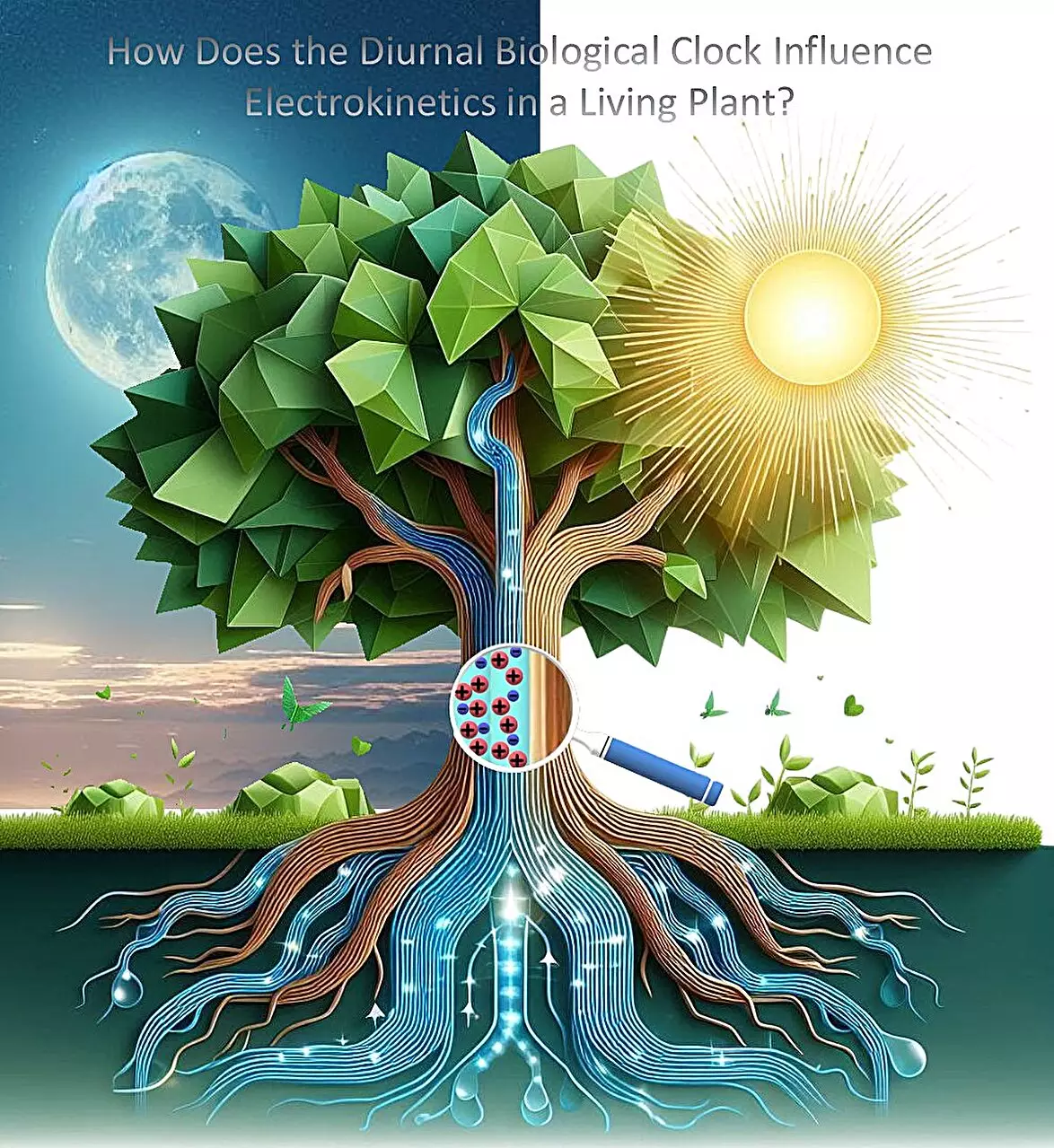Plants have the incredible ability to draw water from their roots to nourish the rest of their structure, creating an electric potential in the process. This electric potential holds the promise of being harnessed as a renewable energy source. However, plants are not exempt from the influence of the circadian rhythm, a biological clock that dictates their processes throughout day and night cycles.
In a recent study conducted by researchers from the Indian Institute of Technology Kharagpur, the focus was on how biological processes within plants produce voltage and how this voltage is affected by the cyclic nature of day and night changes. The researchers aimed to determine the amount of potential energy that plants can generate and how the electric potential is influenced by the plant’s biological clock.
To answer these questions, the scientists conducted experiments involving water hyacinths and lucky bamboo. By inserting electrodes into the plants’ stems and closely monitoring the electrical potential changes based on ion types, ion concentration, and pH levels, they made some significant discoveries. The study revealed that plants have the ability to regulate the flow of fluid within them to align with their daily rhythms.
One of the most crucial findings of the study was the identification of a cyclic rhythm in which plants can produce electricity. This rhythm was directly linked to the plant’s natural daily processes, particularly water transpiration and ion movement. The researchers were able to quantify the voltage response associated with the movement of ions within the plant.
The authors of the study were enthusiastic about the potential of tapping into plants as a sustainable source of electricity. By understanding how plants can actively modulate fluid flow based on the time of day and night, they believe that it is possible to generate electrical power in a manner that is eco-friendly and does not disrupt the natural ecosystem.
The study sheds light on the untapped potential of plants as a renewable energy source. By unraveling the intricate relationship between a plant’s biological clock and its ability to generate electric potential, researchers have opened up new possibilities for sustainable energy production. With further exploration and development in this field, we may soon see plants playing a significant role in powering our future.


Leave a Reply